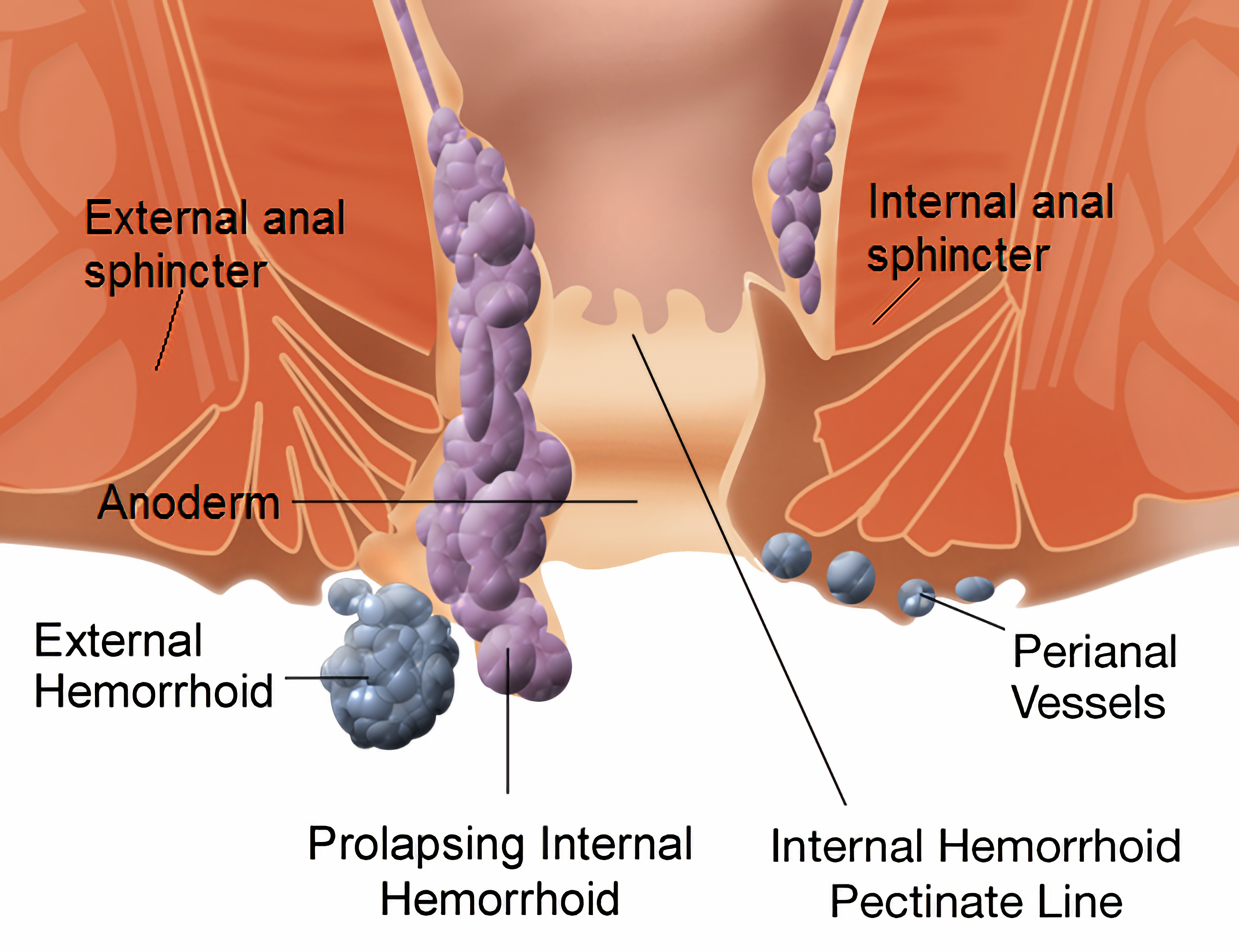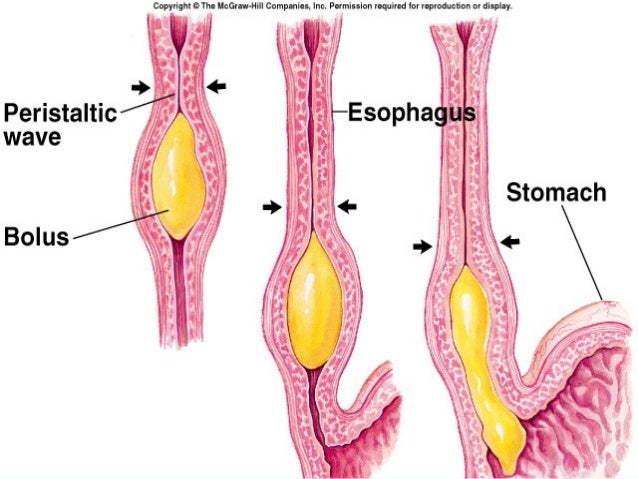With a lot of food passing through our GIT system on a daily basis (expect for those who are dieting), there is bound to be some hiccups along the way. So I’ve listed two of the most common issues that can happen to our GIT system.
Hemorrhoids
 |
| That ass though |
What is it?
Hemorrhoids are fleshly like structures in the anal canal aka butt hole.Usually, they are cushions that help with poop control.They become irritating little bastards when swollen or inflamed.There are two types of this minuscule nuisance, internal and external hemorrhoids.Internal hemorrhoids usually present with painless, bright red poop(so much blood) when pooping. External hemorrhoids often result in pain and swelling in the area of the butt hole. Irritations frequently get better after a few days.A piece of your skin may remain after the healing of an external hemorrhoid to remind of you the pain.
Causes?
While the exact cause of hemorrhoids remains unknown, a number of factors which increase pressure in the abdomen are believed to be involved. This may include constipation, diarrhea, and sitting on the toilet for a long time. Hemorrhoids are also more common during pregnancy.
 |
| Purple is the color of evil like usual |
Cure?
Often, no specific treatment is needed. Initial measures consists of increasing fiber intake, drinking fluids to maintain hydration, painkillers to help with pain, and lots of rest (preferably with your bottom being as comfy as possible). A number of minor procedures may be performed if symptoms are severe or do not improve with conservative management. Surgery is reserved only for those who fail to improve following these measures.
 |
| Maybe its an embarrassing thing to do but if you wanna sit again.. |
Did You Know?
l Half to two thirds of people have problems with hemorrhoids at some point in their lives.
l Males and females are affected about equally commonly.
l Hemorrhoids affect people most often between 45 and 65 years of age.
l It is more common among the wealthy.
l Outcomes are usually good.
l The first known mention of the disease is from a 1700 BC Egyptian papyrus.
 |
| You better believe it |
Irritable Bowel Syndrome
What is it?
Irritable bowel syndrome also known by its swag name IBS, is a group of symptoms which include abdominal pain and changes in the pattern of bowel movements without any source of underlying damage. These symptoms occur over a long time which may even last for years. It has been classified into four main types depending on if diarrhea is common, constipation is common, both are common, or neither occurs very often. IBS negatively affects quality of life and may result in missed school,work and having that intimate lunch/dinner with that special someone. Disorders such as anxiety, major depression, and chronic fatigue syndrome, are common among people with IBS.
 |
| A nice shirt doesn't conceal a rumbling tummy filled with pain |
Causes?
The causes of IBS are not clear. Theories include gut–brain connection problems, small intestinal bacterial overgrowth, genetic factors, food sensitivity, and gut motility problems. Onset may be triggered by an intestinal infection or a stressful life event like being rejected for dinner for two. IBS is a functional gastrointestinal disorder which means that the diagnosis is based on signs and symptoms in the absence of worrisome features. Worrisome features include onset at greater than 50 years of age, weight loss, blood in your poop, or a family history of inflammatory bowel disease. Other conditions that may present similar conditions include celiac disease, microscopic colitis, inflammatory bowel disease, bile acid malabsorption, and colon cancer.
 |
| What is this travesty i'm reading? |
 |
| Are you sure you know what you're talking about? |
Cure?
There is no cure for IBS but don’t fret as treatment is carried out to improve symptoms.
 |
| If there's no cure how can i enjoy these royal cakes? |
This may including dietary changes, medication, probiotics, and counseling for all you broken hearted people out there. Dietary measures include increasing soluble fiber intake and a gluten free diet which is good news for you hipsters out there. Taking medication such as laxatives can be used to help with constipation. Antidepressants may improve overall symptoms and pain of rejection. Patient education and a good doctor–patient relationship (wink wink) are an important part of care.
 |
| In that case, I'll enjoy tea with Mr. Zuma instead |
Did You Know?
l About 10 to 15% of people in the developed world are believed to be affected by IBS.
l It is more common in South America and less common in Southeast Asia.
l It is twice as common in women as men and typically occurs before age 45.
l The condition appears to become less common with age.
l IBS does not affect life expectancy or lead to other serious diseases.
l The first description of the condition was in 1820 while the current term "irritable bowel syndrome" came into use in 1944.
 |
| When you know you wont die from IBS |
REFERENCES
l Schubert, MC; Sridhar, S; Schade, RR; Wexner, SD (July 2009). "What every gastroenterologist needs to know about common anorectal disorders". World J Gastroenterol.
l Misra, MC; Imlitemsu, (2005). "Drug treatment of haemorrhoids". Drugs
l "Definition and Facts for Irritable Bowel Syndrome". NIDDKD. 23 February 2015.
l Whitehead WE, Palsson O, Jones KR; Palsson; Jones (2002). "Systematic review of the comorbidity of irritable bowel syndrome with other disorders: what are the causes and implications?". Gastroenterology
l Lorenzo-Rivero, S (August 2009). "Hemorrhoids: diagnosis and current management". Am Surg




















